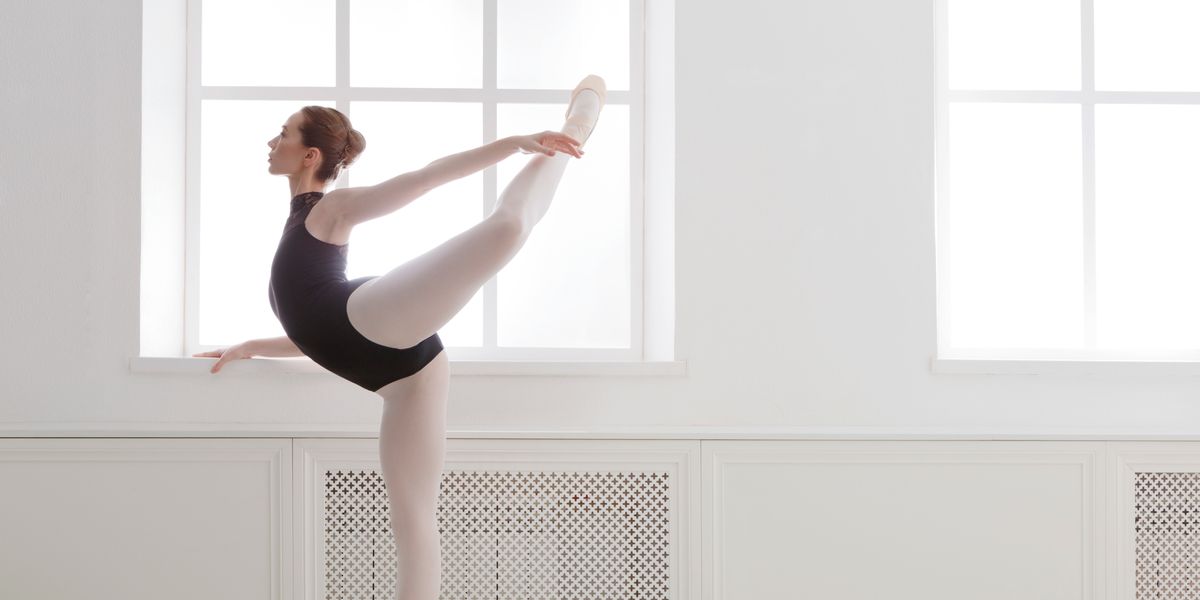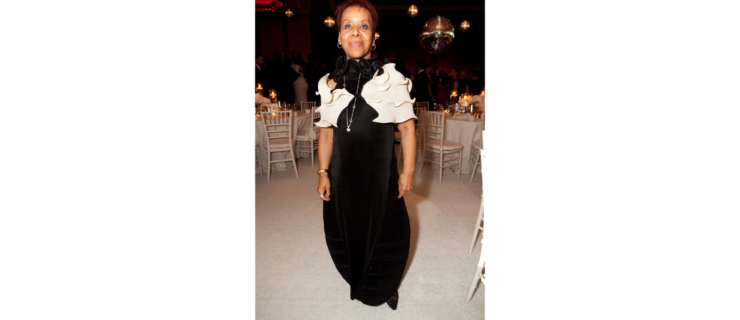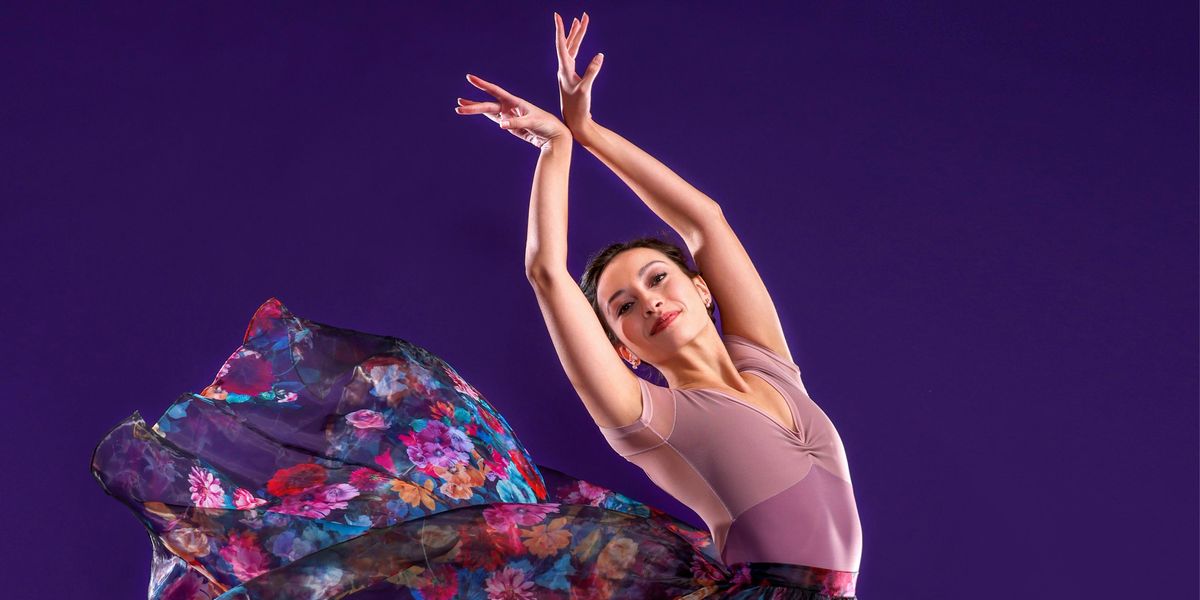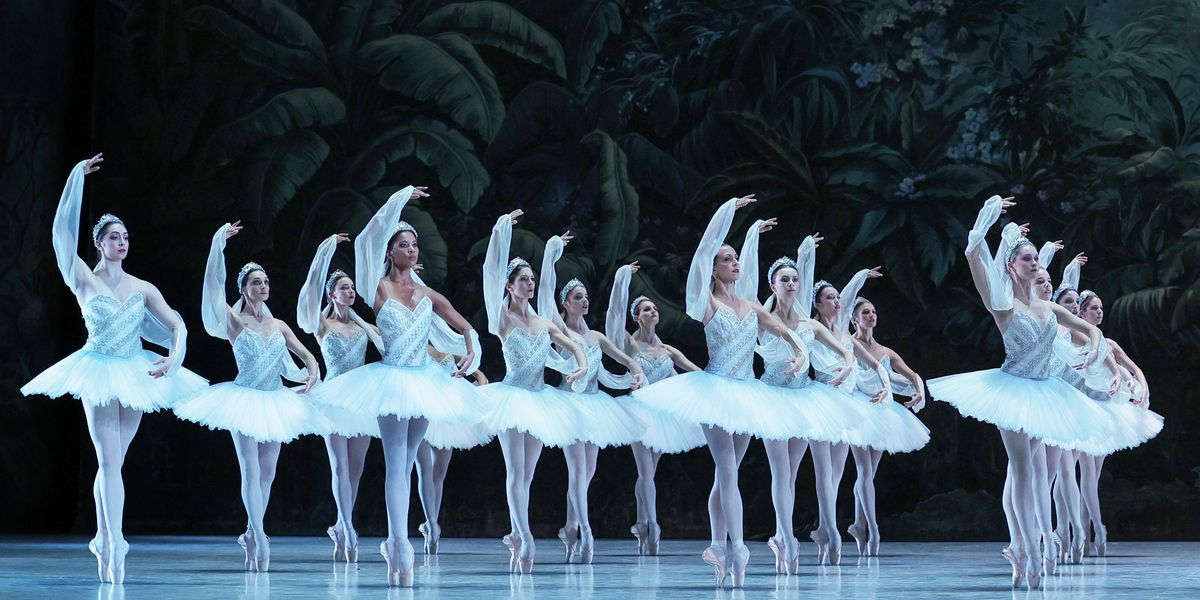As Summer Intensives Adjust to Social Distancing Restrictions, Here's How to Make the Most of It
No question, the novel coronavirus has turned ballet training upside down. But if you think you can’t have a great summer intensive this year, think again. Over the past few months, ballet schools have learned how to deliver classes and workshops online, and some have created online and hybrid summer programs that offer unique learning opportunities along with technique training. Pointe checked in with 10 schools about how they’re pulling it off, and how dancers can make the most of a virtual summer experience.

Abbie Siegel, Courtesy PNB
First, the Bad News
There’s no way to predict when travel and social distancing restrictions will be lifted, so most dancers will have to participate from home. “We considered many possibilities, from holding the intensive in another state less affected by the crisis, to moving our dates later into the summer,” says Edward Ellison, founder and artistic director of Ellison Ballet in New York City. “But with all the uncertainties, we came to the conclusion that keeping our original dates and doing it over Zoom was our best option,” he says. Of the 10 schools we surveyed, only BalletMet planned to offer a hybrid of online and in-person classes, because restrictions in the Columbus area have been eased. (Ballet West Academy, which will hold traditional in-studio intensives with extensive safety protocols, is a rare exception.)
“Zoom fatigue” is real, so expect intensives to run for fewer weeks, fewer days per week or fewer hours per day. In addition, “Partnering is out of the question,” says BalletMet Academy director Maria Torija—even in the studio, because of social-distancing requirements. And because each student will have unique space restrictions, schools may modify or exclude grand allégro or expansive across-the-floor combinations.

Rosalie O’Connor, Courtesy ABT
Each school has made its own assessment of what material it can effectively deliver. For example, Alonzo King LINES Ballet has replaced in-studio rehearsals with an online program of company repertoire taught by former LINES dancers, as well as one-on-one mentoring and a master class series with outside guest artists. Pacific Northwest Ballet School has eliminated ballroom, flamenco and character classes but added daily circuit training. “We can’t do all that we would like,” says Denise Bolstad, PNB School’s managing director, “so we will make the best of what we have.”
There have been all-out casualties, too. Tulsa Ballet School cancelled its summer programs because “there was so much uncertainty about what safety precautions would look like, and we felt that canceling was safer for both students and staff,” says director of education Arlene Minkhorst. Tulsa is no longer under sheltering orders, so TBS plans to reopen in late July with “Get Back to Dance!”, a new open-enrollment, in-studio intensive with a modified, half-day schedule.
Now for the Silver Linings
Every school we surveyed has lowered their summer tuition—Boston Ballet School by 25 percent, Ellison by $1650. American Ballet Theatre is offering multiple three-week online sessions for $450 each (according to ABT’s website, its traditional five-week summer session in New York City is $3,150). “The typical ABT summer intensive includes at least four classes a day and a final performance, which we are unable to offer in the virtual intensive,” says Kate Lydon, artistic director of ABT’s summer programs. “We also recognize that families may be affected by the crisis, and we want to support everything they are doing to help their child continue training.” While San Francisco Ballet School has reduced summer tuition, it has eliminated scholarships—but also waived registration fees. “COVID-19 has had a great financial impact on many families, as well as to our organization,” says school director Patrick Armand. “We need to be flexible and responsive.”
Chautauqua School of Dance artistic director Jean-Pierre Bonnefoux reports that CSD’s online intensive has even more registrants than its 2019 traditional intensive; all of the others have seen enrollment drop for various reasons, such as travel and housing restrictions or reluctance to train online. In hopes of increasing attendance, some schools have extended application deadlines or pushed their start dates out, so the door might still be open at your dream program. For example, ABT offered a slot to everyone who was accepted on this year’s national audition tour, and LINES was able to accept additional dancers by video audition. “We see the online format as an opportunity to make our programs more accessible to dancers all over the world,” says LINES summer program director Karah Abiog.

Igor Burlak, Courtesy Boston Ballet
New Format, New Opportunities
Rather than dwell on what’s lacking from long-distance learning, schools are embracing its possibilities. “We are excited to explore subject areas more deeply that we might not have otherwise done in our traditional model, like character, wellness and nutrition, choreography and stage makeup,” says Margaret Tracey, director of Boston Ballet School, which will hold its intensive via livestreams and provide additional online content for independent study, as well as online social events to create a sense of community.
Colorado Ballet Academy director Erica Fischbach sees the upsides, too. “We are focusing even more than normal on correct placement, energetic use of the floor, breath and articulation in the legs, feet, spine and port de bras,” she says. “We will focus on digging deep into the details and artistry.” To help students stay motivated while working in isolation, CBA is adding one-on-one sessions with program directors Amanda McKerrow and John Gardener, conversations with professional dancers, interactive choreography sessions and more.

Jennifer Zmuda, Courtesy BalletMet
And an online intensive still offers opportunities to get seen. “Our class sizes are small, and we will offer personal feedback and corrections directly to each student,” says Bonnefoux. “We have also built in 15 minutes at the end of class to allow for questions and comments.” The schools are also keeping dancers’ long-term goals in mind as well, says Armand. “We will think about how to assess students seeking admission to our school-year program, and to introduce the students to our regular faculty and guest instructors.”
Dive In and Dance
Yes, an online summer intensive will be different. But with an open mind and a ballet dancer’s discipline, you can make it great. “Be clear about your goals for the program, each week and each day,” says Tracey. “Set up your dance environment at home to eliminate distractions, and find time to shut off from dance and refresh.”
“Dance students must learn to be more personally responsible for their fitness in this new forum,” Ellison says. “They will need to pay closer attention to verbal instruction, since visual demonstrations are not as accessible online.” Armand adds that while every instructor will give corrections and provide encouragement, “It’s about looking inward to assure that you are doing the work. Stay the course, keep working towards your goals and stay strong.” Find ways to frame these challenges as opportunities to become more independent, confident and creative.
Above all, stay positive. “Dance has survived world wars, revolutions and many other crises, and always comes back stronger and more meaningful,” says Torija. “The current dancers will be the ones to take dance in a new dimension. Our communal love for the art form will see us through.”





